- Need Any Help: +1 647-760-5505 or
- info@trubicars.ca
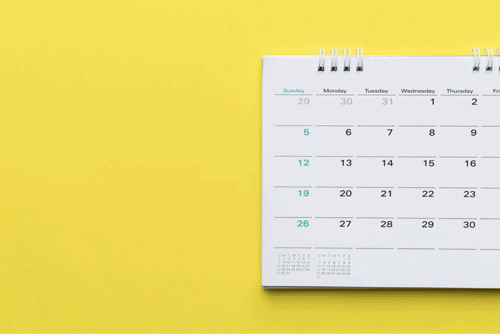
For students enrolled in Beginner Driver’s Education (BDE) Courses, March break is a great chance to practice driving. For others, March break is a chance to relax, spend time with friends and family members, and take vacations. Regardless of your reason to get behind the wheel this March break, Trubicars has gathered some of the best tips to keep in mind while you are driving to ensure you, your loved ones, and other road users stay safe this March break.
It’s imperative that while you are driving, you are paying attention to all road signs that you may encounter and are following the rules of the road, this includes speed limit signs. If you are driving at a high speed, you may find yourself unable to control your vehicle during an emergency. These and other important road signs and rules are put in place for a reason; to make sure all drivers are driving safely! Be sure to follow the 3-second rule to avoid tailgating. Leave at least 3 seconds between you and the car in front of you.
If you’re planning on taking a road trip this March break you should perform a pre-road trip check. This ensures that your vehicle is in safe, proper working order. There are quick checks that you can do such as checking your tire pressure, topping up on fluids such as windshield washer fluid and oil level, checking your head and tail lights, and ensuring your horn works. Vehicles require regular maintenance, if you are not sure about what your vehicle may need to run smoothly, consider visiting a local trusted mechanic before leaving for your destination.
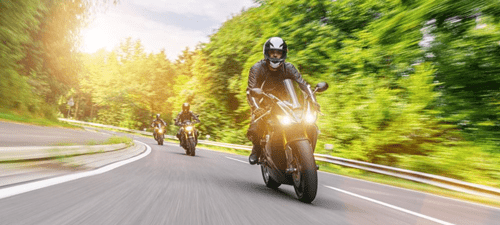
Be sure to consistently check your surroundings as you are driving. Be mindful of children playing, any volume of pedestrians, and any animals that may be on or around the road. It’s sometimes hard to gauge if a child will come chasing after a ball that has been thrown too far if someone will run onto the road to retrieve something they dropped, or if a pet breaks loose and begin running around. You should always be prepared to stop in these instances. When there is good weather, there are good chances that motorcyclists bring out their bikes and take their first ride of the season. Motorcycles can sometimes “appear out of nowhere” so it’s important to be aware of your surroundings and pay extra attention to your blind spots when turning or changing lanes. Also, be mindful of any leftover sand that still may be on the roads from melting snow and ice from the winter.
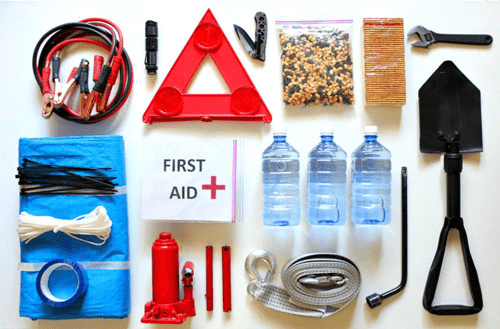
If you’re taking a road trip and in the event of a roadside emergency, you should always be sure to pack what you might need. Most vehicles are equipped with the necessary tools in case one of your tires goes flat. You should also ensure that you have an emergency kit that will help with any other issues you may experience.
Some things that your emergency kit should contain (but are not limited to):
Any activity that you engage in that takes your attention away from the road is considered Distracted Driving. Distracted driving is a serious offense and has serious consequences, not only could you potentially injure yourself, but you can also injure other drivers, and pedestrians and even cause damage to nearby surroundings. Many road users think that it is okay to send texts, and emails or scroll through their phones while they are stopped in traffic or at a red light… however… This is Illegal! Be sure to turn off or silence your phone so that it does not become a distraction.
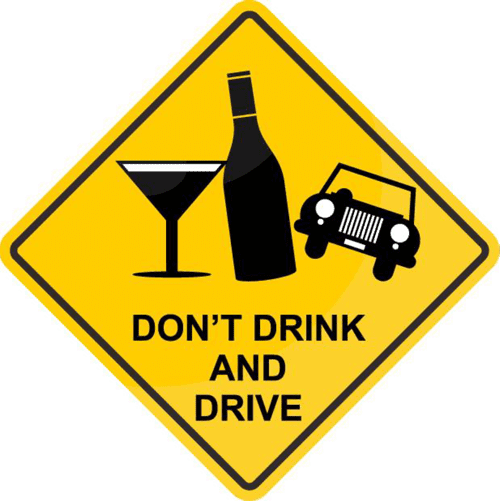
Whether you are partying it up at a friend’s house, or you’re out drinking at a bar, you mustn’t drive impaired. Impaired driving means operating a vehicle while your ability to do so has been compromised. This can be from consuming alcohol, drugs, or a combination of both. In Ontario, driving while you are drunk is one of the leading causes of fatal collisions among road users. When you are drunk, your reaction time is slower and your ability to make decisions is greatly affected. Alcohol can lower your attention span and your vision may become blurred or doubled. Consuming cannabis before driving affects your judgment, and coordination and slows your reaction time. Cannabis effects can last for 6 hours, however, its effects also depend on THC levels and how it is consumed. Many people try to argue that they are safer drivers after they have consumed cannabis…this is not true.
At Trubicars our goal is to share our knowledge and driving experience with you. We believe it is your duty as an operator of a motorized vehicle to ensure that you remain safe and responsible behind the wheel. We emphasize to students the importance of safety and the responsibility of driving. If you are looking for more information on March Break Driving Tips, check out the Trubicars website!
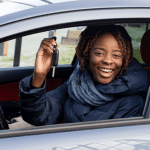
 January 10, 2025 by
January 10, 2025 by Trubicars
Trubicars
 January 10, 2025 by
January 10, 2025 by Trubicars
Trubicars
 January 3, 2025 by
January 3, 2025 by Trubicars
Trubicars
Once you acquire the knowledge provided in
those tests, you are ready to pass the test,
for the first time.
